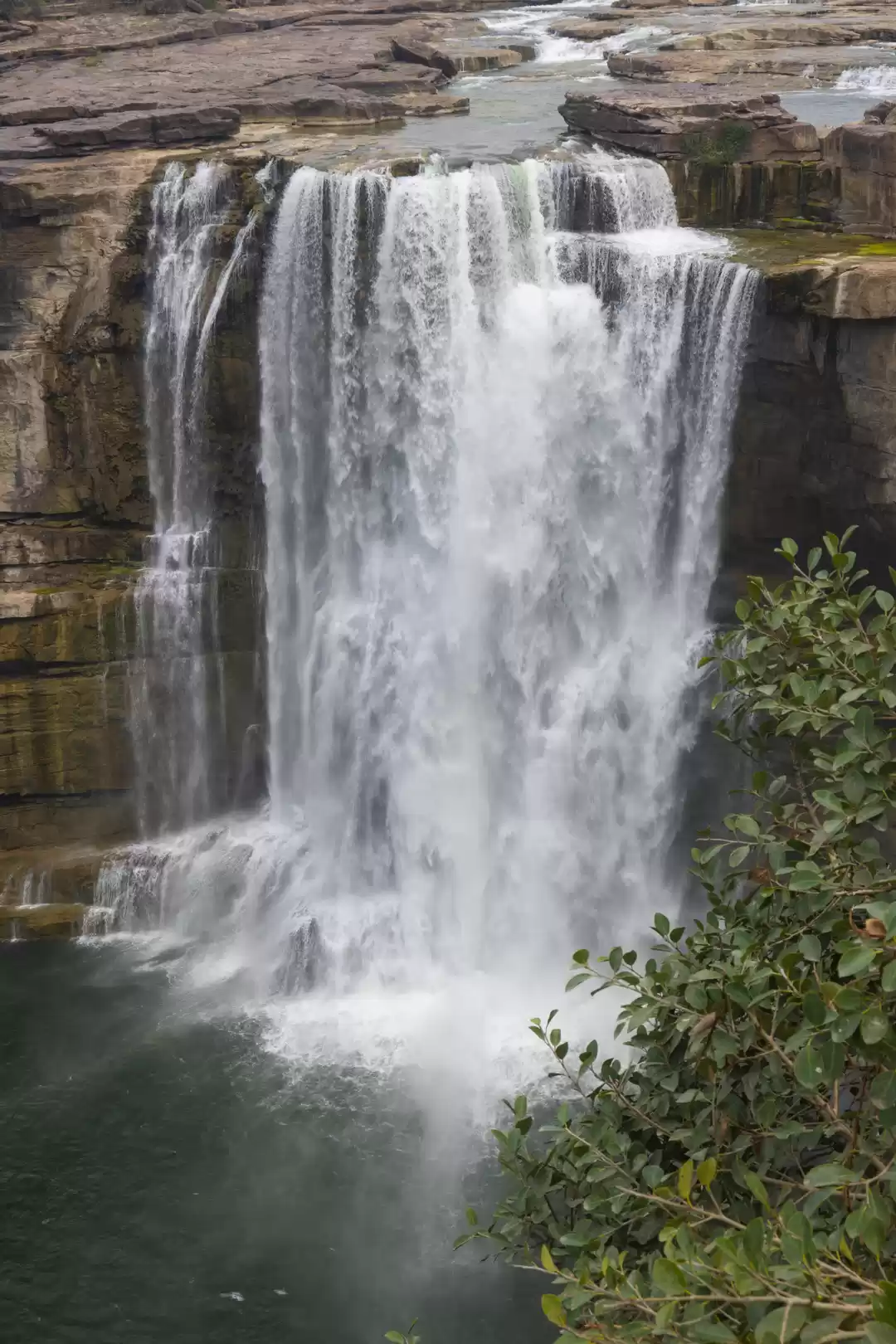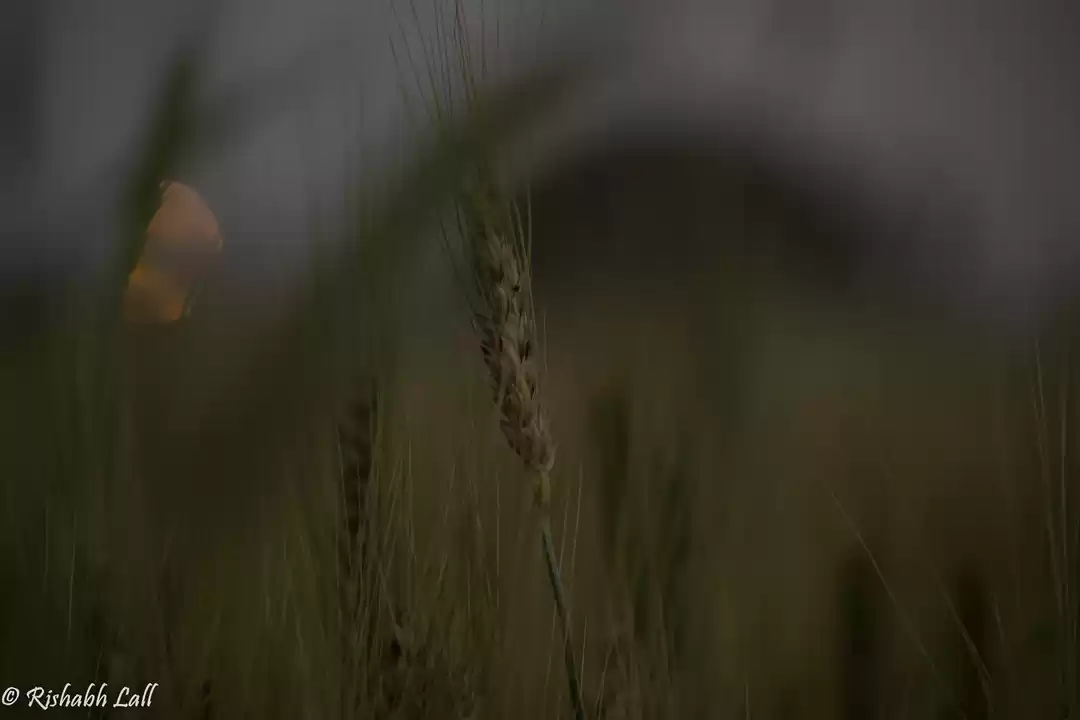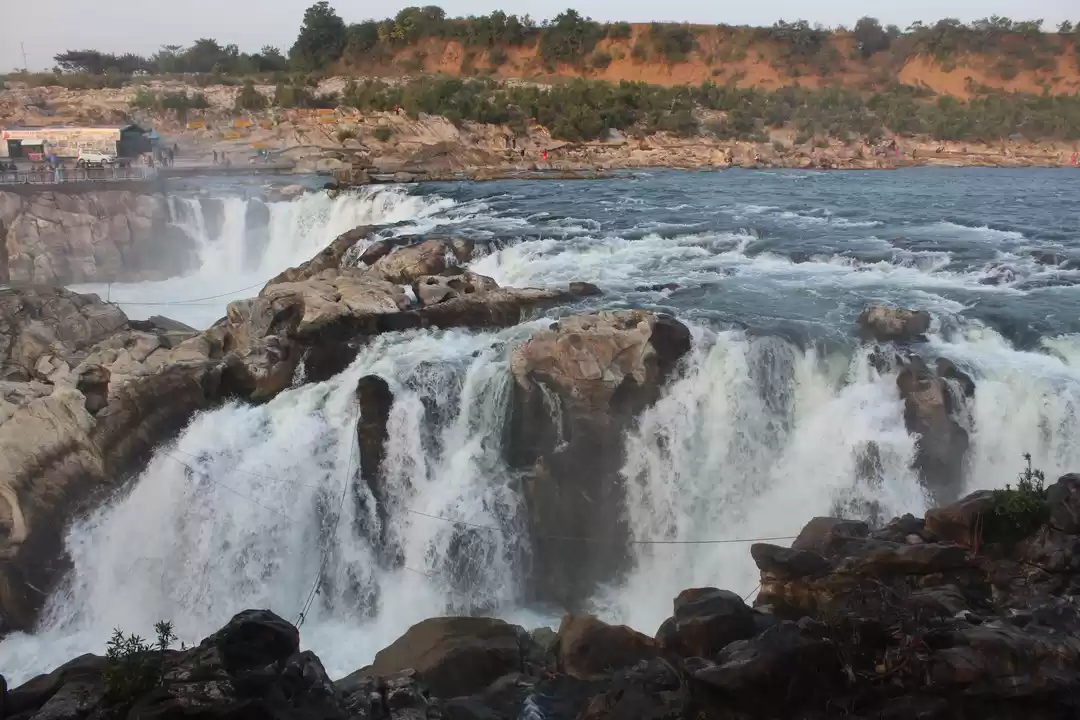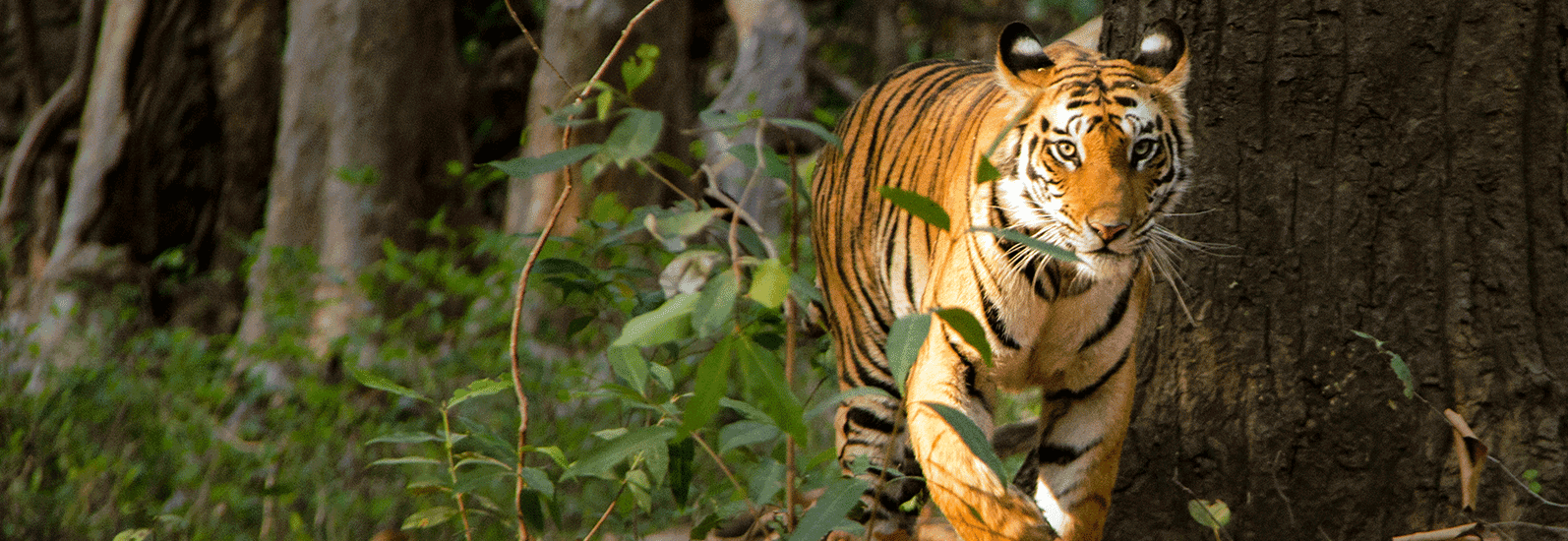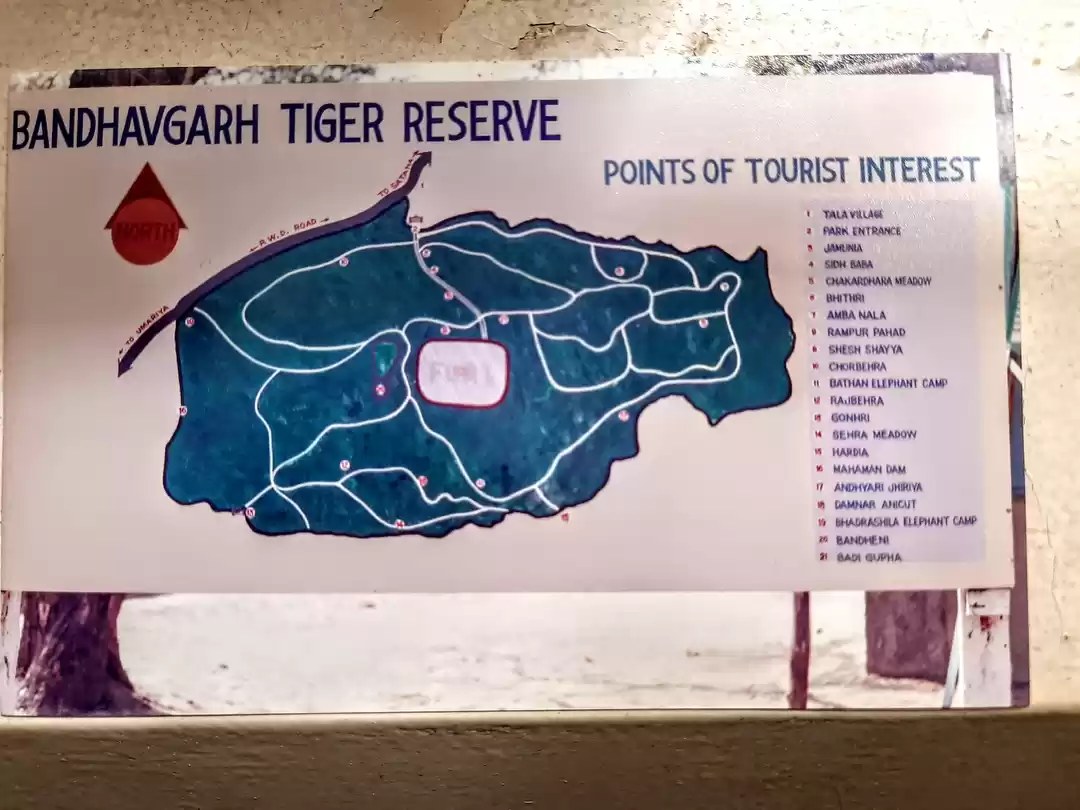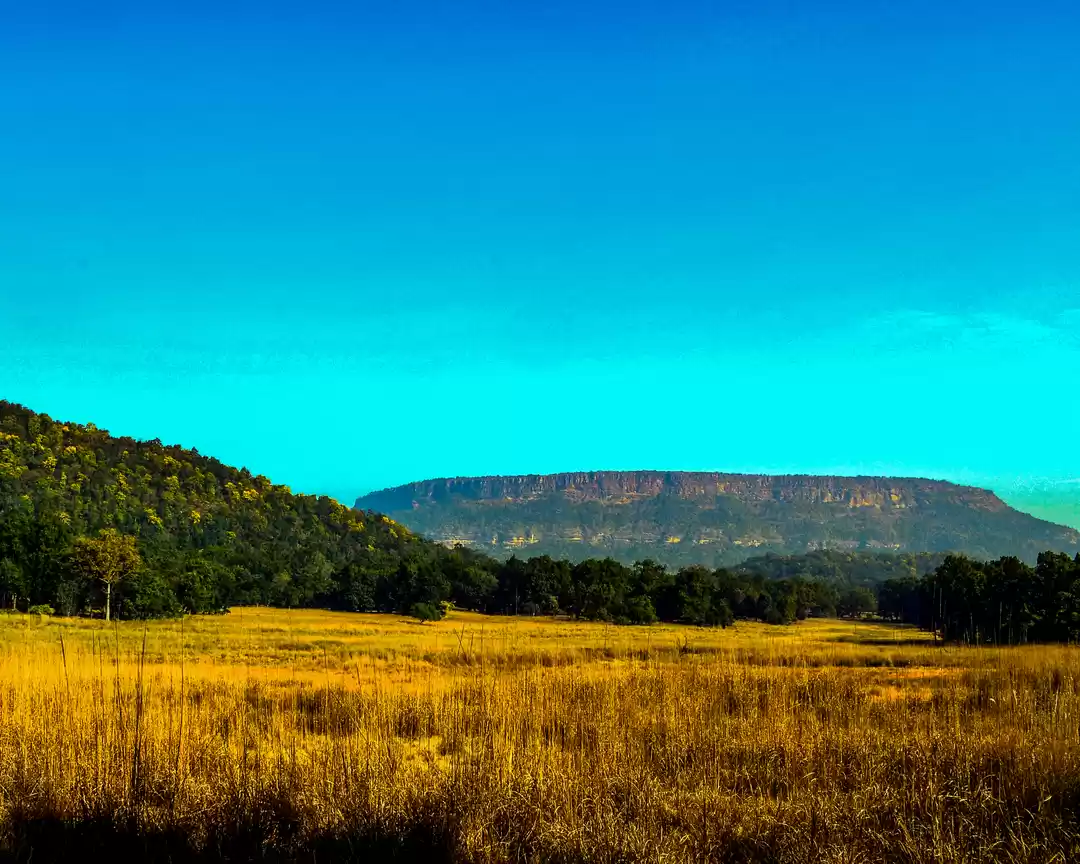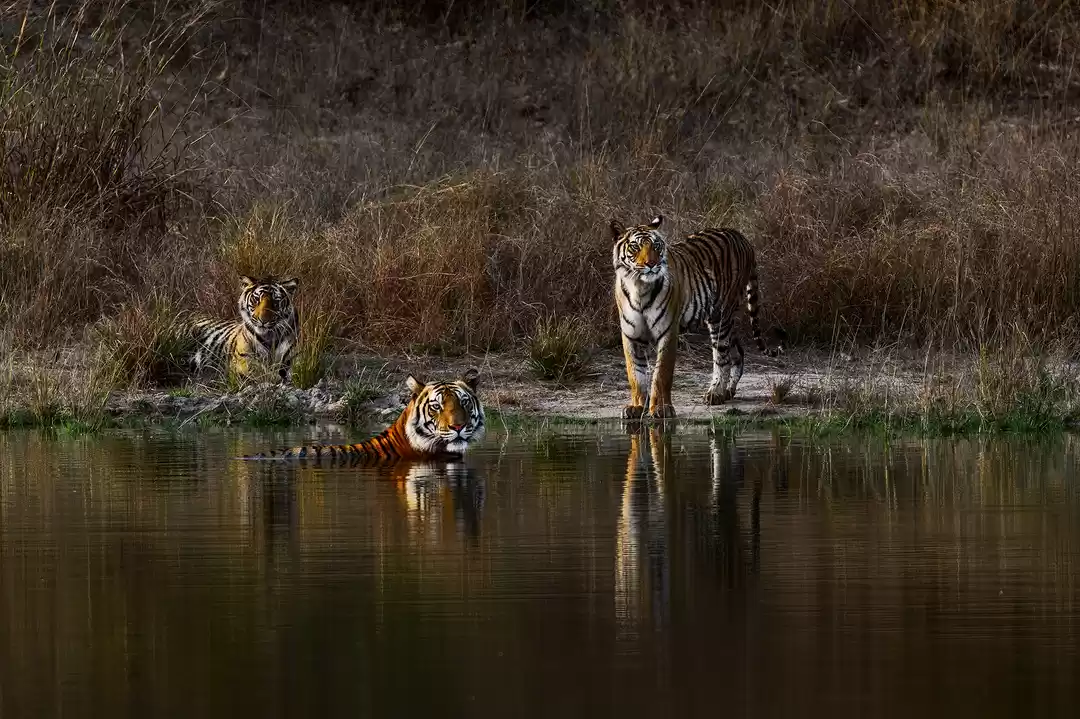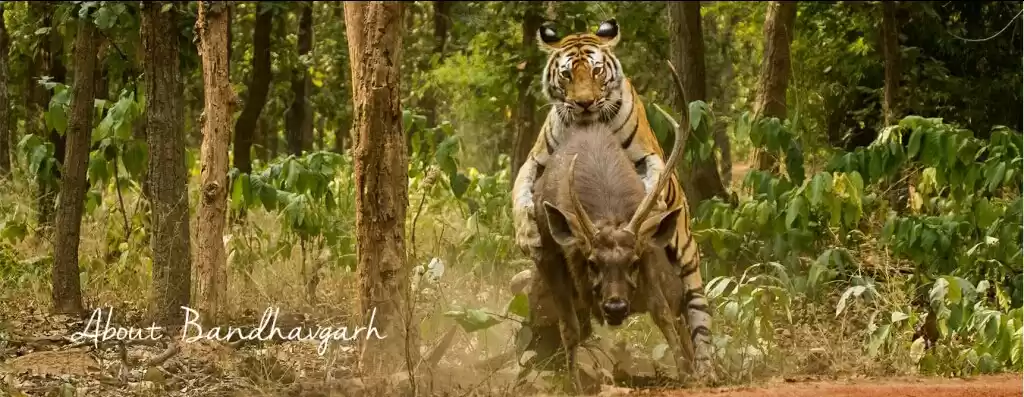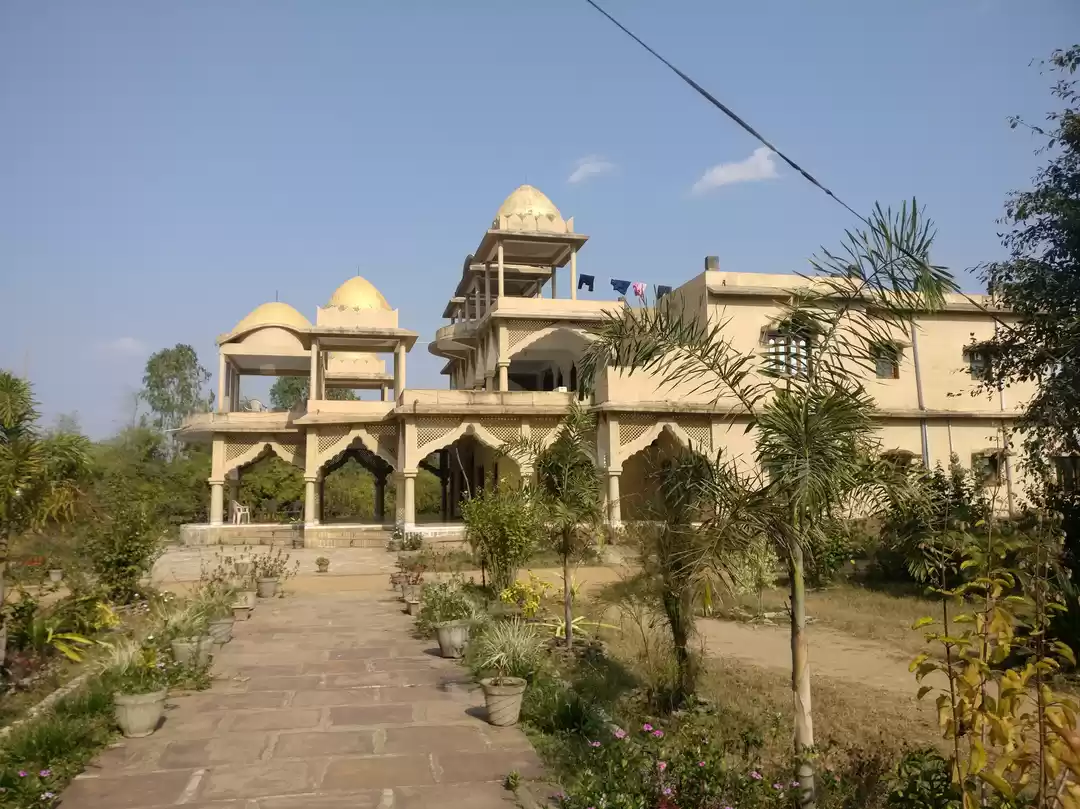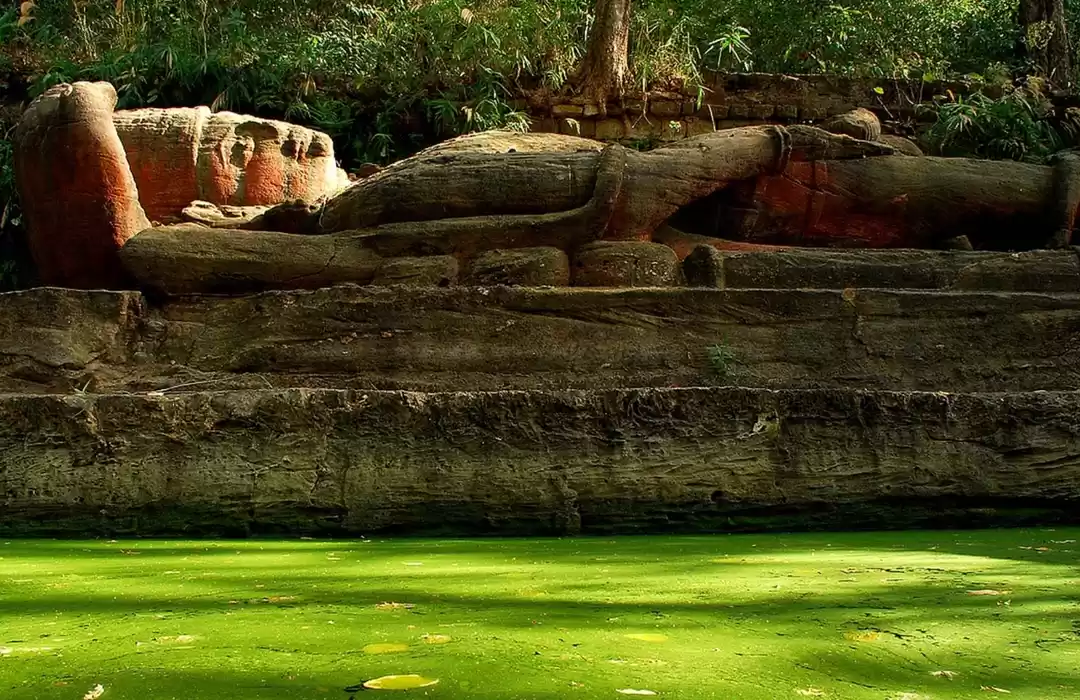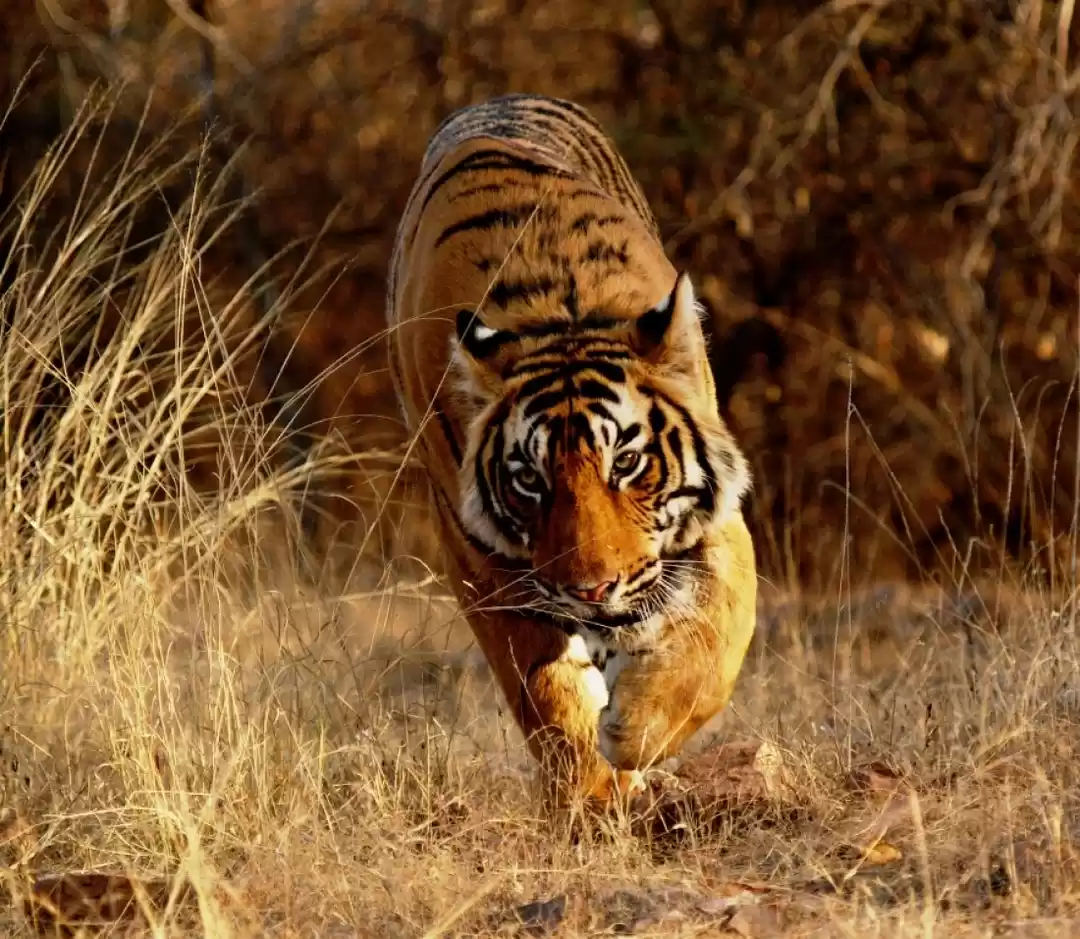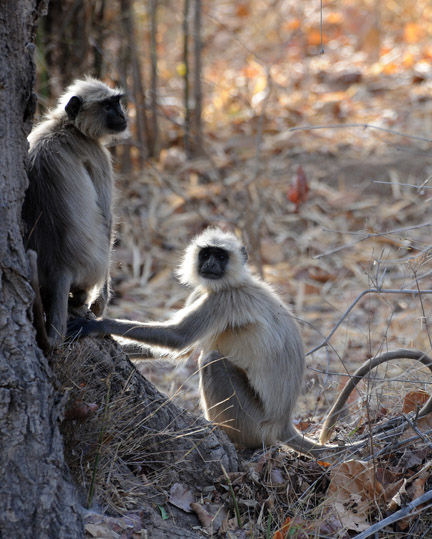
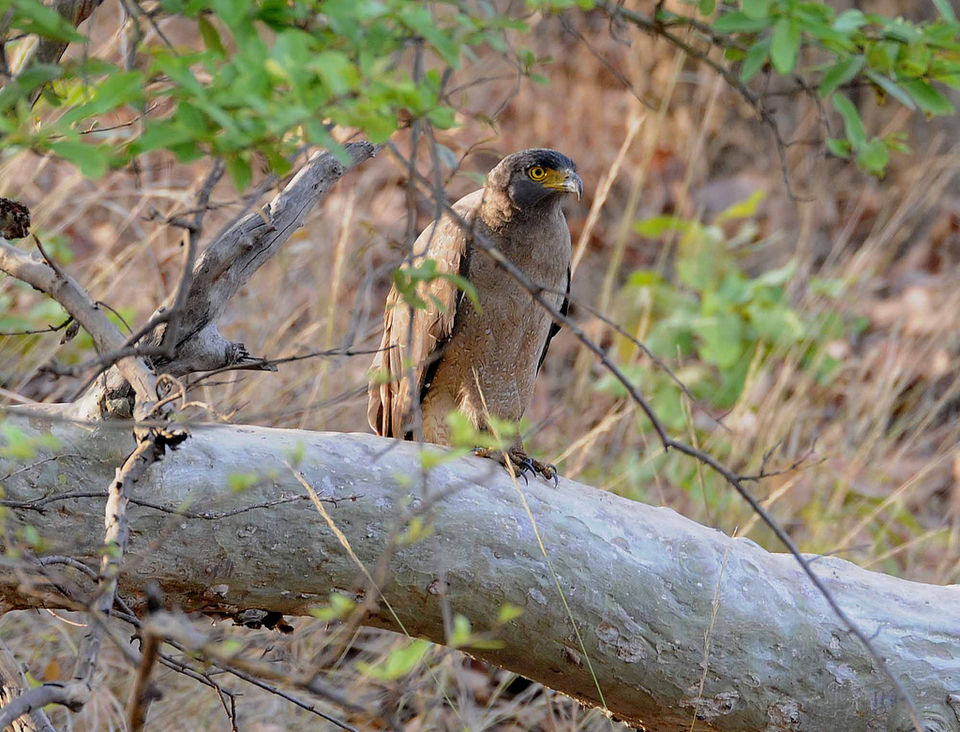





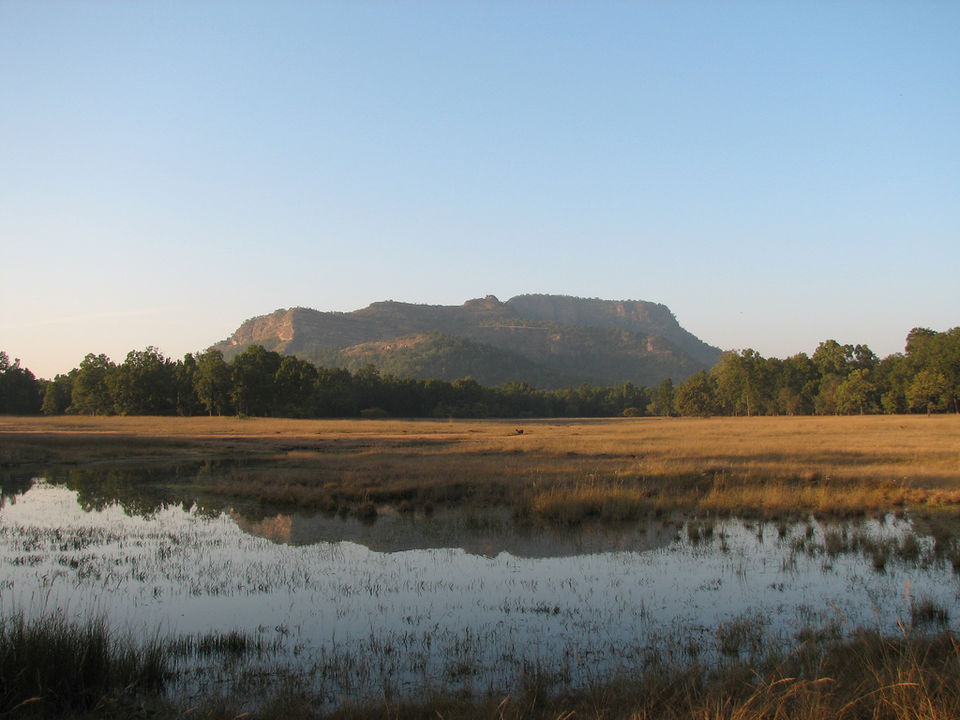


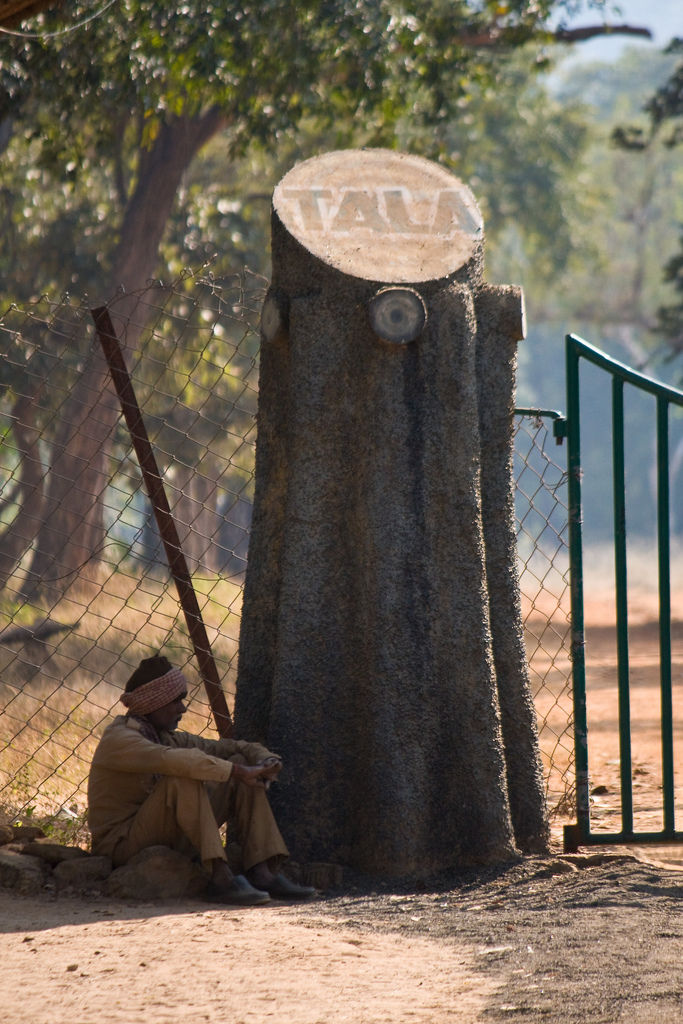


Seeing a tiger in the wild had been a daydream of mine ever since I was a city confined boy watching Mowgli or reading ‘The Jungle Book’. At the age of 13, I got my first chance. The Corbett national park! Of the eponymous Jim Corbett, of the Hunter-Conservationist fame. And there we were, a rag tag bunch of 13 year olds in the middle of a forest, waiting to see a predator, a big cat; walking behind a safari guide and a drummer beating out a martial beat, that soon had our hearts echoing its rhythms. We 13 year olds were exulting, but then cynicism was born. Drums! Drums. Drums? Won’t it scare the bloody tigers away?! It did. And pretty much everything else too. The spectacles afforded us were a rather shellshocked fox and shit. I’m not being figurative about the crap we saw. We literally saw shit. Gazed at it, intently. The shit had didactic content. About the Tiger. It was a tiger turd you see.
Cut to 9 years later. That is now. I’m yet to hear of a Corbett trip that has progressed otherwise. Apart from the people in brochures. People in brochures see a lot of things. The reason I’m opening on such a cheerful note, is to emphasize the expectations that went into my trip to Bandhavgarh. The scorn, the skepticism and also somewhere buried deep under the shit (figurative now), the unfulfilled hope of a 13 year old who went bitter.
But for a moment, setting the hyperbole aside, at the age of 13 a tiger can be everything and it was an age when I had yet not learnt to just appreciate a forest. So when I went to Bandhavgarh, I had on my mind a lot more than the repetitive, excited thought of ‘Tigers!’, that I had had a decade ago. And I was glad for that. By the time Bandhavgarh happened, I had seen forests, but mainly in the Himalayas, and though Bandhavgarh too falls into a kind of hilly spectrum, being near and in the Vindhyas, it was for me a very different kind of forest. For one the tall, towering Sal trees change the way a person can see in the forest. Rather than the multiple layers of foliage that make the Himalayan forests dense, making the forest surround you, the tall Sal leave beneath them and between their trunks large expanses of forest that you can see. Plus there are grasslands that stretch out, popular watering holes like the Mahaman Pond in an open space where a little patience rewards you well with your first sight of a Tiger in the wild, daintily sipping water.
We got off at the Umaria Railway Station and made our way to the National Park from the village Tala, which takes you to the original area earmarked as a sanctuary, and is considered to be the best section of the mammoth reserve to see Tigers. The Tala village is also a lovely place to halt for a few hours. There are three other sections, one which I hear is breeding Leopards. But the the Tala section has apart from Tigers, the Bandhavgarh Fort. Mark Twain once said of Benares, that it was older than history, I feel I applies to this fort, so old that people don’t know how old, some 2500 years, 2 and a half millennia. Then right at the entry is the Baghel Museum, which holds mementos of the Maharaja of Rewa’s reign, whose hunting ground used to be what is the sanctuary now.
Tala is a small village right on the lip of the sanctuary. People often breeze past it, it being nothing more than a collection of mud huts, with inhabitants who seemed to me rather amused by the flood of people who went cheerily and loudly into the forest. But Tala is beautiful, it has a one or two small tea shops run by locals and its pleasant to sit there all the while looking at the mud huts that were the inspiration for the large and ostentatious resorts that tried to mimic the charm. There were no places to stay here right in the village, the resorts which all have been named based on some permutation or combination of tiger or trail lie ahead, which on reflection seemed good, it would be horrible to see this place suddenly eroded by more people than it was meant to handle.

This place is a gem. It makes you wonder it does, that how old must it be for a fort to now be slap bang in the middle of a jungle. I mention Kipling in the beginning, and again this place reminds me of how animals in a forest burn down a village to let the forest ‘reclaim it’. This feels eerily similar especially when you see the Vultures and Kites circling the parapet, and their just discernible eyries on the walls that are next to the cliffs, an odd creeper spilling out of a window. But as creepy as this imagery may be, the fort which is still in possession of the Kingdom of Rewa is well maintained, and you need permission to go upto it, easily gotten.

Frequent Searches Leading To This Page:-
bandhavgarh national park madhya pradesh, bandhavgarh madhya pradesh tourism, bandhavgarh tiger reserve madhya pradesh, wildlife sanctuaries in madhya pradesh



